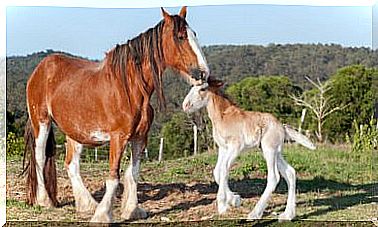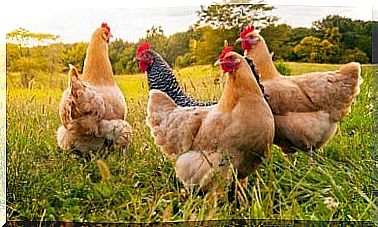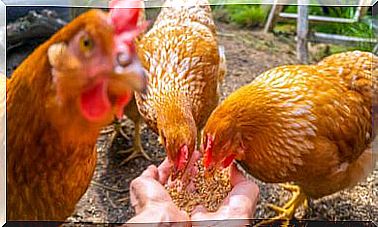Red Kite: Characteristics, Curiosities And Habitat

The red kite ( Milvus milvus ) is one of the most emblematic raptors of our country. In Italy it can be found in Sardinia, Sicily and especially in Basilicata. During the winter it is possible to observe it in thick flocks on the southern Apennines. In this article we will help you to get to know him better.
It is one of the many diurnal birds of prey that populate our skies. Together with the golden eagle, the buzzard, the peregrine falcon, the goshawk and the bearded vulture, the red kite is one of the most interesting in the Italian territory.
Characteristics and peculiarities of the red kite
Endowed with an agile flight, this bird has a wingspan of almost two meters and weighs around 1 kilogram, while its length is about 60 centimeters. It is quite easy to recognize it when it is in the sky. In fact, it has a very particular forked tail, unlike other species that have it in the shape of a fan.
It is brown in color, with a very pronounced gray head. Its most interesting feature is the white spots on the wings. Thanks to this, it is possible to distinguish it from the black kite. It is very difficult to differentiate adult specimens from young ones, even if the latter have a darker shade, which lightens over time.
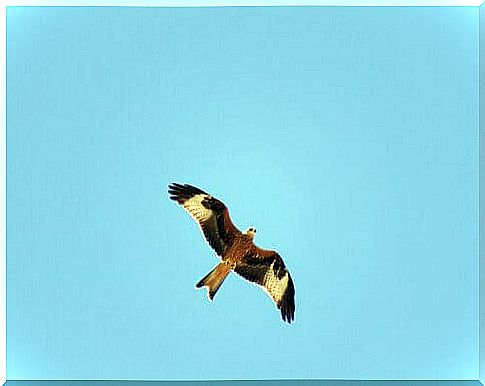
Behavior of the red kite
It is a “social” bird. It is often possible to spot it accompanied by other members of its species, and it is quite flexible with respect to feeding. It usually prefers to feed on carcasses and carrion but, near cities, it can also move and fly to landfills and waste disposal centers. It is therefore not surprising that it is often seen flying alongside some species of vultures. He is also a skilled hunter, generally aiming for young and inexperienced animals.
One reason this bird seems so common is that, while other birds of prey are more timid and need sparsely populated areas to live, the kite tolerates human activity, and indeed frequents towns and streets, exploiting remains and garbage.
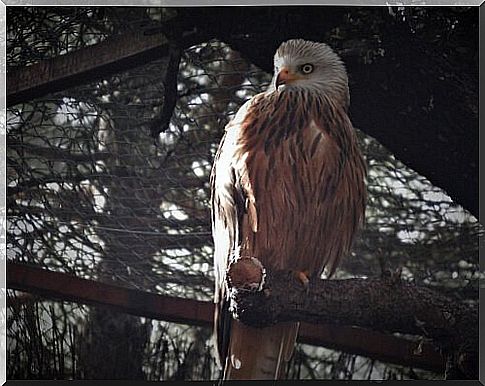
Habitat and reproduction of the red kite
The red kite is an endangered species. According to the IUCN ( International Union for Conservation of Nature ) red list , this bird is currently “close to threat”. A fact that may seem exaggerated, due to the fact that it is one of the most easily visible birds of prey. Its population is decreasing throughout Southern Europe and also in Italy, unfortunately, for reasons related to habitat destruction , pollution and poaching.
To this we must add the use of poisonous baits that many farmers adopt against other plagues but which inevitably end up affecting this beautiful bird of prey. Without forgetting the accidents caused by the impact with the high voltage cables.
As for the nesting, it takes place between spring and summer, in the months from April to June. The nests are built with great care, on the highest part of the trees and the red kite uses various types of materials. Branches, sheets, but also paper and fabric. The female lays three eggs and hatches them for about a month. As soon as they are born, the chicks will learn to fly after 50 days.
It is also a migratory bird. It moves in the months of March and April, to return in September and October. Leave Northern Europe to come to us, where it finds milder temperatures.
